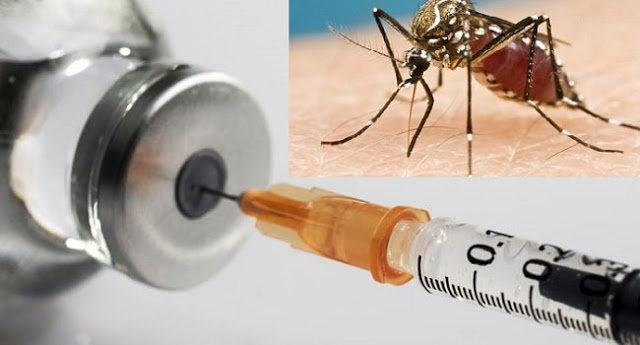Australian scientists on Thursday said they have taken a crucial step
in developing a new malaria vaccine by using a novel “atomic-scale”
blueprint to track how the parasite invades human cells.
in developing a new malaria vaccine by using a novel “atomic-scale”
blueprint to track how the parasite invades human cells.
“With this unprecedented level of detail, we can now begin to design
new therapies that specifically target and disrupt the parasite’s
invasion machinery, preventing malaria parasites from hijacking human
red blood cells to spread through the blood and, ultimately, be
transmitted to others,” Walter and Eliza Hall Institute of Medical
Research Associate Professor, Wai-Hong Tham, said in a statement.
new therapies that specifically target and disrupt the parasite’s
invasion machinery, preventing malaria parasites from hijacking human
red blood cells to spread through the blood and, ultimately, be
transmitted to others,” Walter and Eliza Hall Institute of Medical
Research Associate Professor, Wai-Hong Tham, said in a statement.
Her team’s discovery was published in scientific journal, Nature.
The researchers’ work involves using Nobel Prize-winning microscopy technology to map previously hidden first
contact between the Plasmodium vivax malaria parasites and young red blood cells they invade that marks
the start of the parasites’ spread throughout the body.
According to the research, the “essential step in the malaria lifecycle is the beginning of the classical
symptoms associated with malaria, fever, chills, malaise, diarrhoea and vomiting – which can last weeks
or even longer.”
The plasmodium vivax is the most widespread malaria parasite worldwide and the predominant cause of the major
scourge in the vast majority of countries outside Africa, according to the institute.
The parasite’s “propensity to ‘hide’ undetected by the immune system in a person’s liver” also makes it “the
number one parasite responsible for recurrent malaria infections.”
The scientists, guided by their mapping technique, were “able to tease out the precise details of the parasite-host
interaction, identifying its most vulnerable spots,” said Ms Tham.
She said they have “now identified the molecular machinery that would be the best target” for an anti-malarial
vaccine against the widest range of the parasites.





